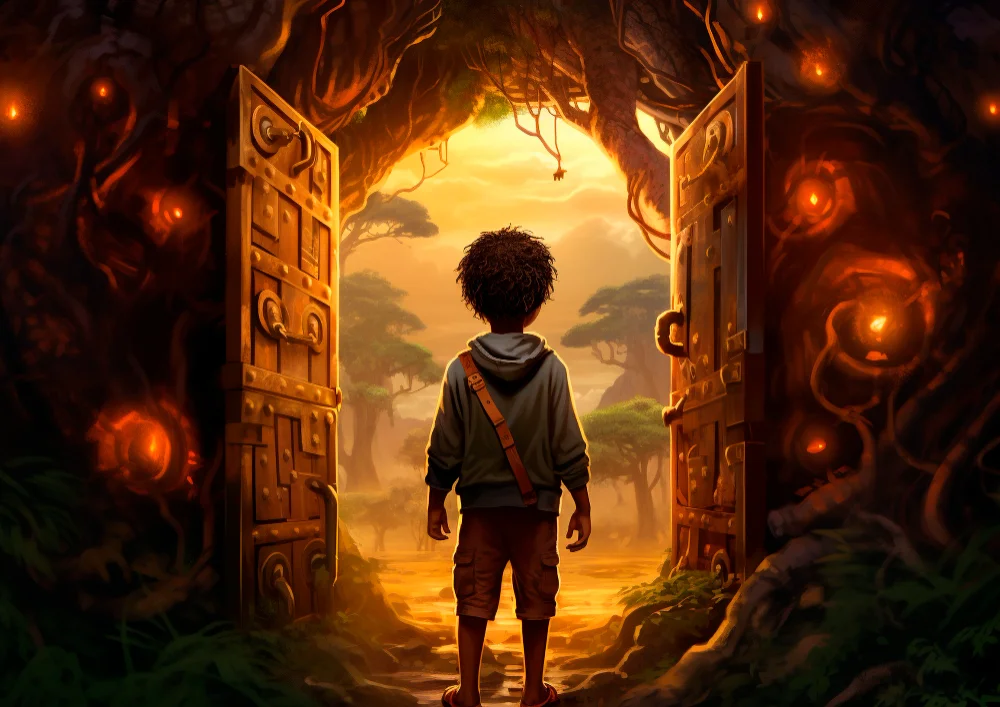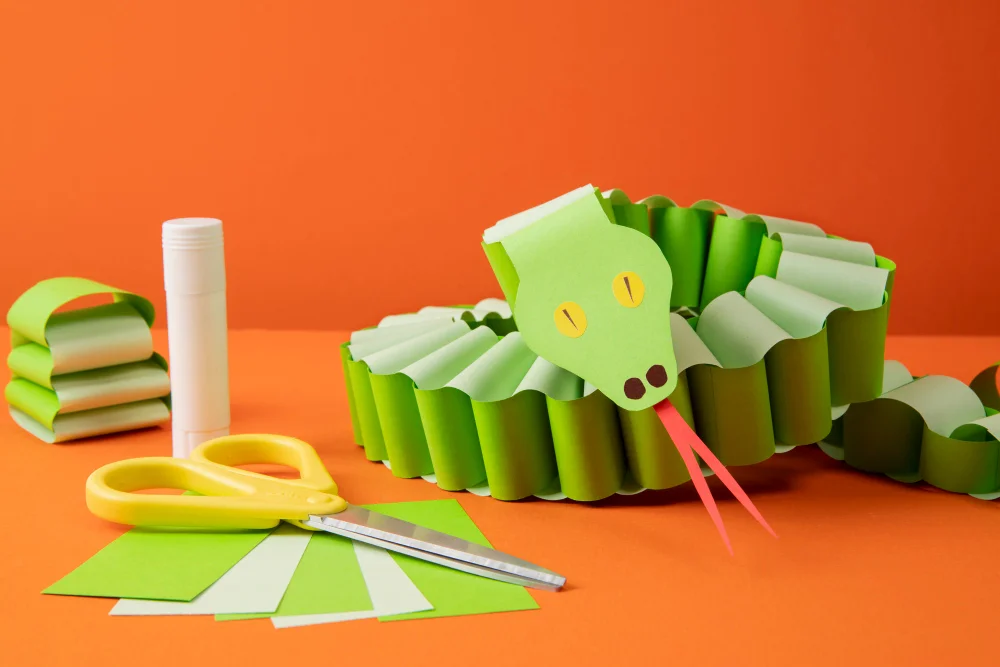Riddles have fascinated people for centuries, combining entertainment with mental exercise, and among them, What Am I riddles stand out for their unique ability to challenge the mind while remaining simple and engaging.
These riddles present clues about an object, concept, or idea in an indirect and often playful way, requiring solvers to think creatively and make connections that are not immediately obvious. They can range from very easy, suitable for children, to highly complex, designed to stretch even the sharpest minds.
Beyond entertainment, “What Am I” riddles help develop critical thinking, problem-solving skills, and vocabulary, as they encourage solvers to analyze language, identify patterns, and consider multiple possibilities.
The Allure of “What Am I” Riddles
At their core, “What Am I” riddles are puzzles that describe something indirectly, encouraging lateral thinking. They often employ metaphors, wordplay, and subtle clues to lead to the answer.
For instance, consider the riddle:
-
I have keys, but open no locks. What am I?
Answer: A piano. -
I speak without a mouth and hear without ears. I have nobody, but I come alive with the wind. What am I?
Answer: An echo. -
I’m tall when I’m young and short when I’m old. What am I?
Answer: A candle. -
I can fly without wings. I can cry without eyes. Wherever I go, darkness follows me. What am I?
Answer: A cloud. -
I’m always running, but I never move. What am I?
Answer: A clock. -
I have cities, but no houses. I have mountains, but no trees. I have water, but no fish. What am I?
Answer: A map. -
The more you take from me, the bigger I get. What am I?
Answer: A hole. -
I have a neck but no head. I wear a cap but have no hair. What am I?
Answer: A bottle. -
I’m full of holes but can hold water. What am I?
Answer: A sponge. -
I am not alive, but I grow. I don’t have lungs, but I need air. I don’t have a mouth, but water kills me. What am I?
Answer: Fire.
This riddle exemplifies how “What Am I” riddles can transform everyday objects into intriguing puzzles, engaging solvers in a dance of deduction and insight.
Cognitive Benefits of Engaging with Riddles

Engaging with riddles offers more than just entertainment; it provides a powerful workout for the brain, enhancing multiple mental faculties. Regularly solving riddles encourages critical thinking, as solvers must analyze information from different perspectives and uncover hidden meanings.
It also strengthens problem-solving skills, because deciphering clues requires logical reasoning and creative approaches.
Additionally, riddles contribute to vocabulary expansion, introducing new words, idioms, and expressions that enrich language skills. Memory enhancement is another benefit, as remembering and recalling clues and answers improves mental retention and recall abilities.
Benefits include:
-
Critical Thinking: Analyze information from different angles.
-
Problem-Solving: Hone logical reasoning and creativity.
-
Vocabulary Expansion: Learn new words and expressions.
-
Memory Enhancement: Improve recall and retention.
-
Concentration: Strengthen focus and attention.
-
Pattern Recognition: Identify clues and connections.
-
Patience and Perseverance: Develop persistence in solving challenges.
Crafting Your Own “What Am I” Riddles
Creating your own “What Am I” riddles can be a fun and intellectually stimulating activity that allows you to exercise creativity and language skills. The first step is to choose an object or concept that is familiar yet offers enough complexity to make the riddle interesting. Once you have selected your subject, focus on identifying its unique characteristics or attributes.
Think about how it can be described indirectly, using metaphors, wordplay, or subtle hints that challenge the solver’s thinking without giving away the answer too easily. This approach encourages both the riddle creator and the solver to engage in imaginative thinking.
After defining the characteristics, it’s important to craft clues carefully and organize them in a logical yet intriguing sequence. Avoid making the hints too obvious, but ensure they are solvable with careful thought. Once your riddle is ready, test it on friends, family, or colleagues to see if it strikes the right balance between difficulty and clarity.
Popular Examples of “What Am I” Riddles
To further illustrate the charm of “What Am I” riddles,
here are some popular examples:
- Riddle: I have branches but no fruit, trunk, or leaves. What am I?
- Answer: A bank.
- Riddle: I am not alive, but I grow; I don’t have lungs, but I need air; I don’t have a mouth, but water kills me. What am I?
- Answer: Fire.
- Riddle: I can be cracked, I can be made. I can be told, I can be played. What am I?
- Answer: A joke.
These examples highlight the diversity and creativity inherent in “What Am I” riddles, demonstrating how they can encompass a wide range of subjects and themes.
The Enduring Popularity of “What Am I” Riddles

The lasting appeal of “What Am I” riddles comes from a combination of simplicity, versatility, engagement, and educational value.
Key Feature:
Simplicity: These riddles use a straightforward format that makes them easy to understand, allowing people of all ages, from children to adults, to participate and enjoy the challenge without feeling overwhelmed.
Versatility: They can encompass a wide range of topics, from everyday objects like a piano or a bottle to abstract concepts like time or emotions. This variety keeps solvers interested and ensures there’s always a riddle suitable for every context.
Engagement: Solving these riddles provides a satisfying mental workout. The process of connecting clues, thinking laterally, and reaching the answer stimulates the brain and encourages creative problem-solving, making the experience both fun and rewarding.
Educational Value: Beyond entertainment, “What Am I” riddles serve as excellent learning tools. They enhance language skills, improve cognitive development, and foster critical thinking, making them ideal for classrooms, social gatherings, or individual practice.
Overall, the combination of these factors ensures that “What Am I” riddles remain timeless, captivating, and beneficial for anyone who enjoys the challenge of a well-crafted puzzle.
Conclusion: What Am I Riddles
In conclusion, “What Am I” riddles are more than just puzzles; they are gateways to enhanced cognitive abilities, creativity, and learning. By engaging with these riddles, individuals can enjoy a fun and challenging experience that stimulates the mind and fosters a deeper appreciation for language and logic.
So, the next time you encounter a “What Am I” riddle, embrace the challenge and enjoy the journey of discovery.




